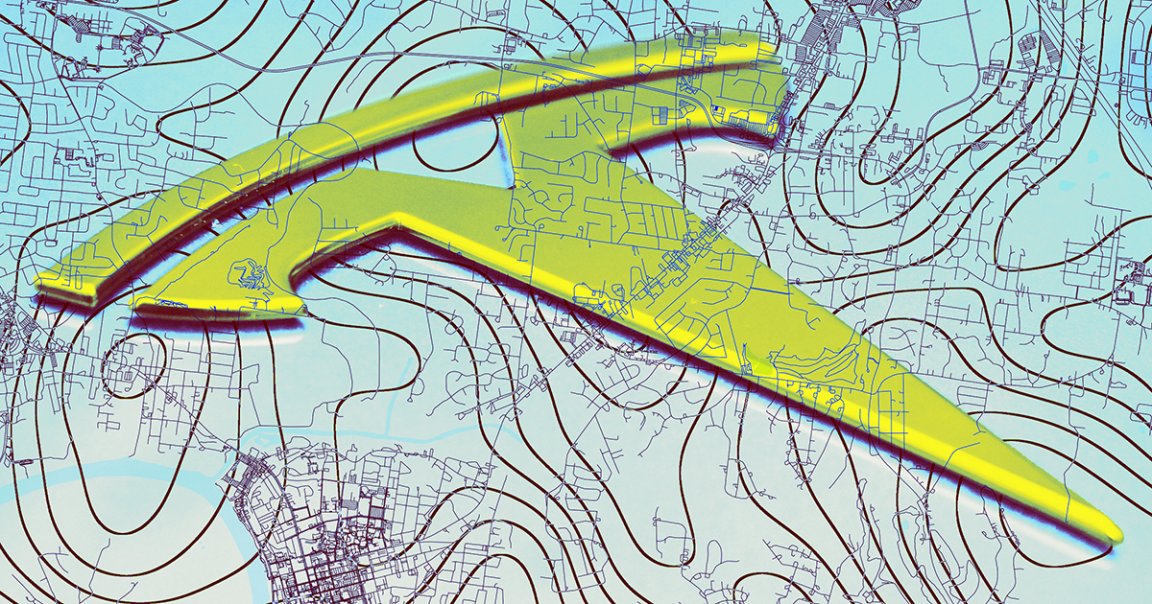
Nearly ten years ago in 2015, rising tech entrepreneur Elon Musk made a bold announcement: Tesla vehicles would be fully driving themselves by 2017.
The billionaire was talking about vehicles with level 5 autonomy — a designation by the Society of Automotive Engineers (SAE) commonly used as the benchmark for a full self-driving car that can drive where its passengers please with no intervention.
He repeated those claims in January 2016, saying “summon should work anywhere connected by land and not blocked by borders” within two years. For example, if you’re in Los Angeles and your Tesla is in New York, you’d be able to summon it to you from across the country — at least according to his vision, which many took as gospel.
By June of that year, Musk called level 5 autonomy a “solved problem.” He did so again in 2017. And again in 2018. Then the next year. And the year after that.
You probably see where this is going.
Now in 2025, Tesla isn’t looking meaningfully closer to Level 5 autonomy than in 2015. Though Tesla rolled out its Autopilot features en masse that same year, it’s only achieved SAE Level 2 — enough for a driver to “take their hands off the wheel and let their vehicle take control when driving in certain conditions.” (That hasn’t stopped numerous motorists from overestimating the system’s capabilities and dying as a result.)
That isn’t likely to change anytime soon, according to an intriguing insider: Tesla’s head of Autopilot and AI software, Ashok Elluswamy.
The Tesla official was speaking on the Gobinath Podcast, an Indian-English interview show, where he admitted the EV company is still way behind its competitors — despite over a decade of self-driving development.
“Technically, Waymo is already performing,” Elluswamy admitted, referencing Google’s autonomous vehicle program. “We are lagging by maybe a couple of years.”
This is despite Tesla’s — also long-promised — fully self-driving Robocab service supposedly going live in Austin, Texas this coming June. It’s not understood how this will work, as Tesla would need to demonstrate a vehicle capable of driving itself at SAE Level 4 to transport riders without the need for human intervention.
So far, Musk has been uncharacteristically silent on the prospects of a Level 4 vehicle.
Late in 2024, Greg McGuire, managing director of the autonomous vehicle research facility at the University of Michigan, told SAE Media that Tesla “is not — from what I’ve seen — ready for general Level 4 operation.”
“Will they be there by 2027? At [UofM], we still think there’s a couple of key scientific barriers,” McGuire said.
That makes Musk’s ever-stretching timeline for full self-driving — let alone a Robocab network — tenuous at best, and an absurd fantasy at worst.
Still, a billionaire can dream.
More on Tesla: Tesla’s Head of Software Departs as Robotaxi Reveal Looms